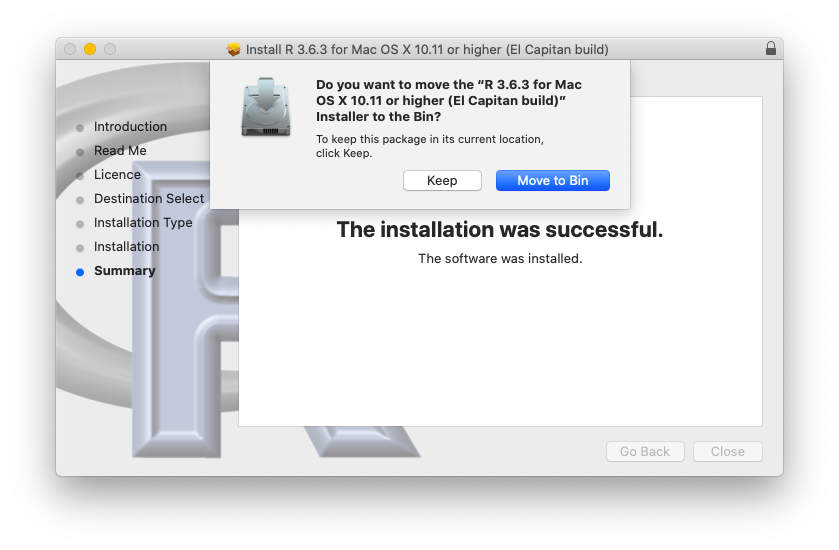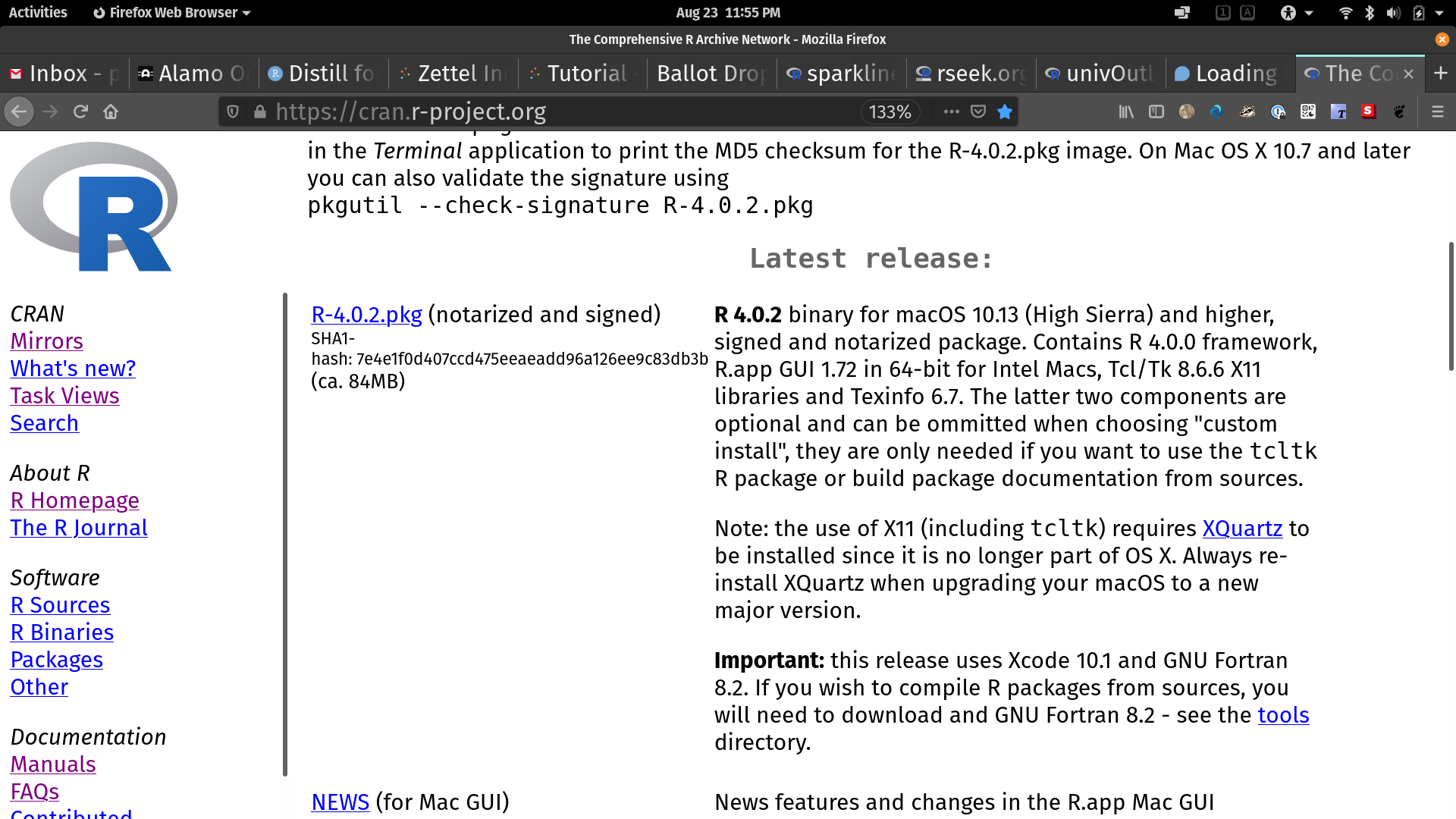

There is more than one way to get a new version of R onto your machine. (Eventually) End up with a nice switch icon in your menubar.

Go through all of the hoops of getting it approved by MacOS and able to be run by accepting the risks of running software from an unidentified developer. Updating R versions mid-analysis can have … unintended consequences. Make sure you have closed R and RStudio prior to embarking on the below. Also, I had some funky hiccups with getting the right filepath and not using sudo at the outset, so I’m hoping this helps someone avoid some extra rm -r. I’ve played with it for all of two days, and it seems to work - so I’ve written this post in the hopes of helping others. Below I document, in what is probably excruciating detail, the steps of how I got this to work. But with this major new release I was sorely tempted, so have gone down the rabbit-hole of installing RSwitch and R4.0 on my Mac (Catalina 10.15.4).
How to update r on mac in r full#
In the past, I’ve always been too “chicken” to try running multiple versions of R on my work laptop, as I’ve usually got a few key analysis projects going that need to be delivered on time and within full feature scope - which means I don’t have time to fix basic version incompatibility bugs.

You’d have to be living under a rock in the R community to not be aware of the fact that R 4.0 has been released, with some major changes, the biggest of which is probably the new default for read.table(): stringsAsFactors = FALSE, as well as the fact that matrix() now converts character columns to factors and factors to integers.


 0 kommentar(er)
0 kommentar(er)
